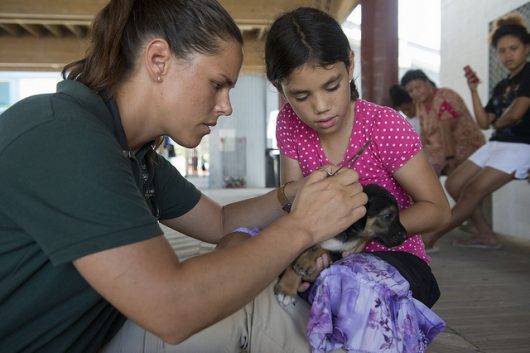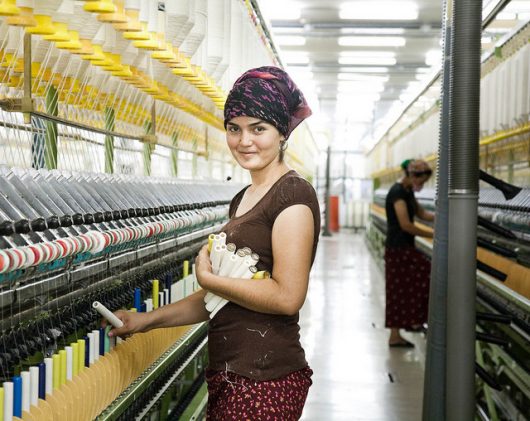
Mauritius is a beautiful island nation in the Indian Ocean long marveled for its exquisite beaches, temperate climate and tropical wildlife. On March 12, 1968, Mauritius gained independence and has since worked to stabilize its people and economy.
Under the parliamentary system, there have been ups and downs. There has, however, been a large push in recent years to equalize and promote equality of girls’ education in Mauritius.
Mauritius School Enrollment
Over the years, Mauritius has had an increase of boys enrolled in school, both in primary and secondary grades. However, with an uptick in the care for girls’ education in Mauritius, there has also been an increase in the girls attending school.
As of 2015, the gender parity between the sexes was 1.03, an indication that there are actually more boys left out of the current curriculum than girls. This is a big difference from the 1970s where the disparity was between 0.93 and 0.95. Such a change shows the work that Mauritius has done to assure that girls’ education in Mauritius is a forefront focus of the country.
The problem women face in the Mauritius economy does not end at the education level. In fact, girls education in Mauritius is one of the rare areas in which women outshine their male counterparts. While women currently outperform men in the school systems, female unemployment is quite high and women are mostly not employed in upper-tier jobs.
Gender Inequality
A documented reason for such a void is the lack of women with STEM-related degrees (Science, Technology, Engineering and Mathematics) since they are mostly focusing on the humanities instead. Mauritius values the higher paying STEM careers, and there exists a continuous and gender unequal payment gap as a result.
Unfortunately, the history of colonialism in Mauritius displays its ugly side even today and has contributed to the classist privilege for certain people to obtain education over others. Many children, primarily from the non-elite groups in Mauritius, leave school before passing government tests.
Additionally, 20 percent of the students that do leave are considered to be functionally illiterate, which leads to marginalization — especially of women in society. Poverty rates then also increase as a result.
STEM Focus
There has been a recent push in papers written and subjects explored to explain the lack of women in STEM careers. These studies included determining how equipped schools are to teach these subjects and found that the lack of collaborative practices in the classroom is a large factor in keeping girls education in Mauritius at its low level in these subjects.
The conclusions from such papers include that while girls education is a priority in Mauritius, STEM-related teachings need to be more predominant and further encourage female participation.
Implementation of New Systems
The Minister of Education and Human Resources of Mauritius recently determined that there would be various new tactics used to encourage education for girls in Mauritius. While the Minister agrees that girls education in Mauritius is improving at a rapid and excellent pace due to the fact that Mauritius is a small country, he concedes that more of a focus needs to be placed on the STEM subjects.
With the Minister of Education focusing so heavily on this, a promotion of STEM-related areas for girls education in Mauritius should expand greatly. This will provide the country with a strong, talented workforce, and further boost the prosperity of Mauritius.
– Kayleigh Mattoon
Photo: Flickr









